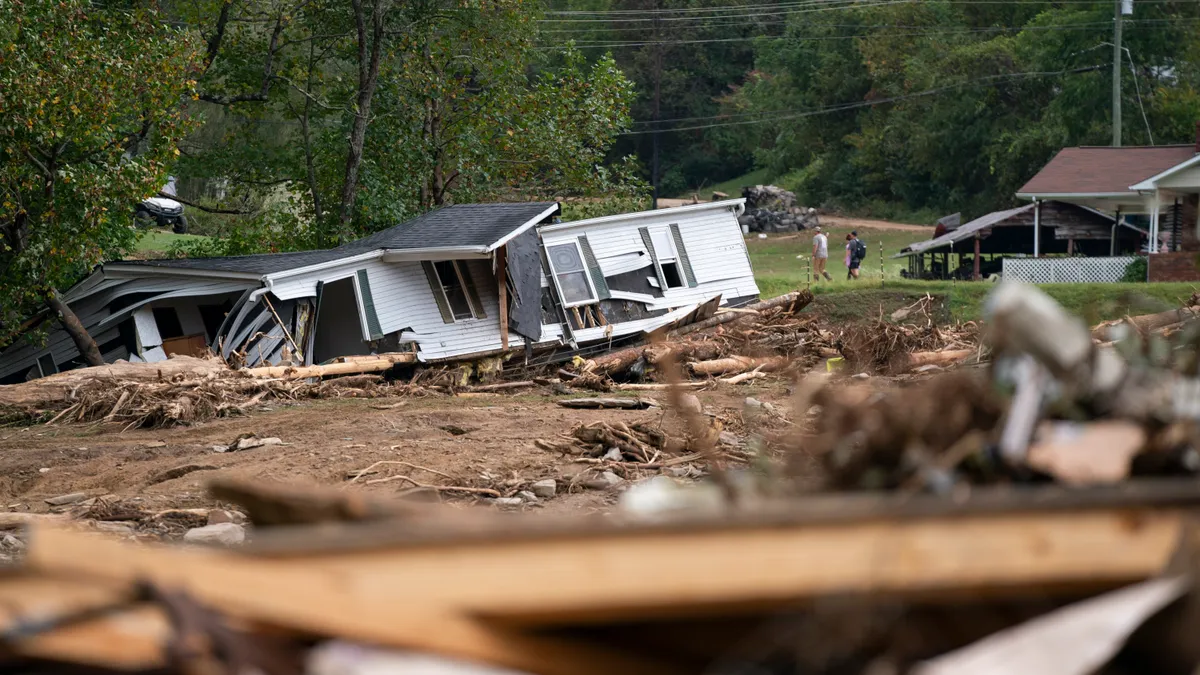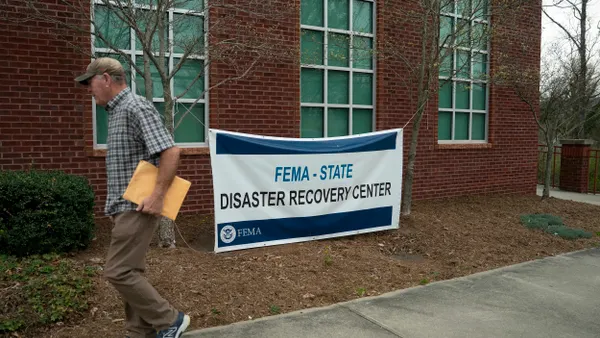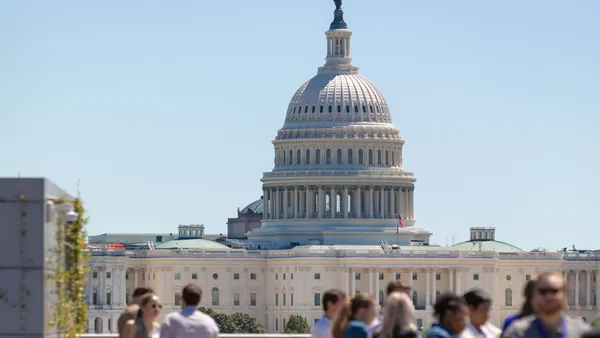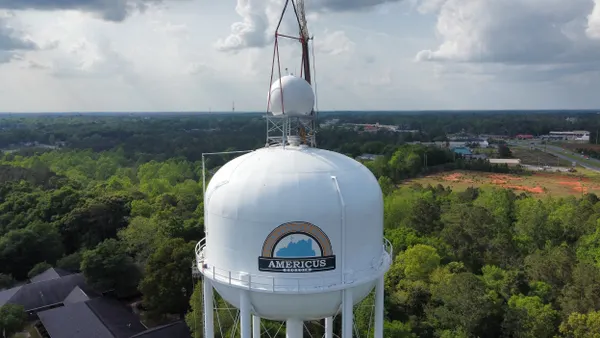An executive order from President Donald Trump looks to shift more responsibility for national disaster preparedness from the Federal Emergency Management Agency to the states and local governments where the disasters occur.
“It is the policy of the United States that state and local governments and individuals play a more active and significant role in national resilience and preparedness, thereby saving American lives, securing American livelihoods, reducing taxpayer burdens,” the order states, noting that risks include cyberattacks, wildfires, hurricanes and “space weather.”
The order, issued March 19, does not say how local governments should fund disaster preparedness efforts without aid from FEMA. It states that within 90 days of the order, the administration will publish a national resilience strategy with further details.
Since Jan. 20, the Trump administration has worked to drastically reduce the size of the federal government, in part by freezing federal budgets and slashing the federal workforce. FEMA has been a notable target, with Trump launching an assessment of the agency and telling reporters Jan. 24 that FEMA might “go away.” Since then, the administration has cut hundreds of FEMA staff members and frozen and rescinded previously awarded funding.
Some experts viewed the executive order as a softening of Trump’s rhetoric on FEMA. The Biden-Harris administration had issued a national resilience strategy in January 2025, before Trump came into office, that also called for increased state and local government preparedness.
However, in a Cabinet meeting days after the order, U.S. Homeland Security Secretary Kristi Noem reiterated plans to “eliminate” FEMA, Semafor reported.
The move to cut FEMA comes amid a rise in natural disasters in the U.S. The country experienced 27 individual weather and climate disasters exceeding $1 billion in damages last year, second only to 2023’s 28 climate-related disasters of that size.
Carrie Speranza, president of the U.S. Council of the International Association of Emergency Managers, championed the review and reform of FEMA by the current administration, but she also stressed the necessity of federal support during a recent testimony before the House Committee on Homeland Security’s Subcommittee on Emergency Management and Technology.
"To serve our communities effectively, disaster management must be federally supported, state-administered and locally executed," Speranza stated. “Together with private industry, this multi-sector approach is a necessary partnership, particularly when disasters overwhelm local and state resources.”
The National Weather Service and National Oceanic and Atmospheric Administration recently released a report on the impact of 2024’s Hurricane Helene, designating it the deadliest hurricane in the contiguous U.S. since 2005’s Hurricane Katrina.
Asheville, North Carolina, suffered more than $1 billion in damage to city-owned property and assets from Helene, Mayor Esther Manheimer said in a letter to community residents Jan. 24. FEMA approved more than $318 million in individual assistance for more than 145,000 households in the city, and it allocated $11.7 million for repair or replacement of roads and bridges, according to Manheimer.
“Beyond the physical destruction, the storm has left a deep financial wound — our region is grappling with lost revenue affecting everyone from small businesses to school systems,” Manheimer wrote. “This financial strain is another layer of the recovery challenge, but it also fuels our determination to push forward.”
Ryan Kushner is an editor of American City & County, which is also under Smart Cities Dive’s parent company, Informa TechTarget.










